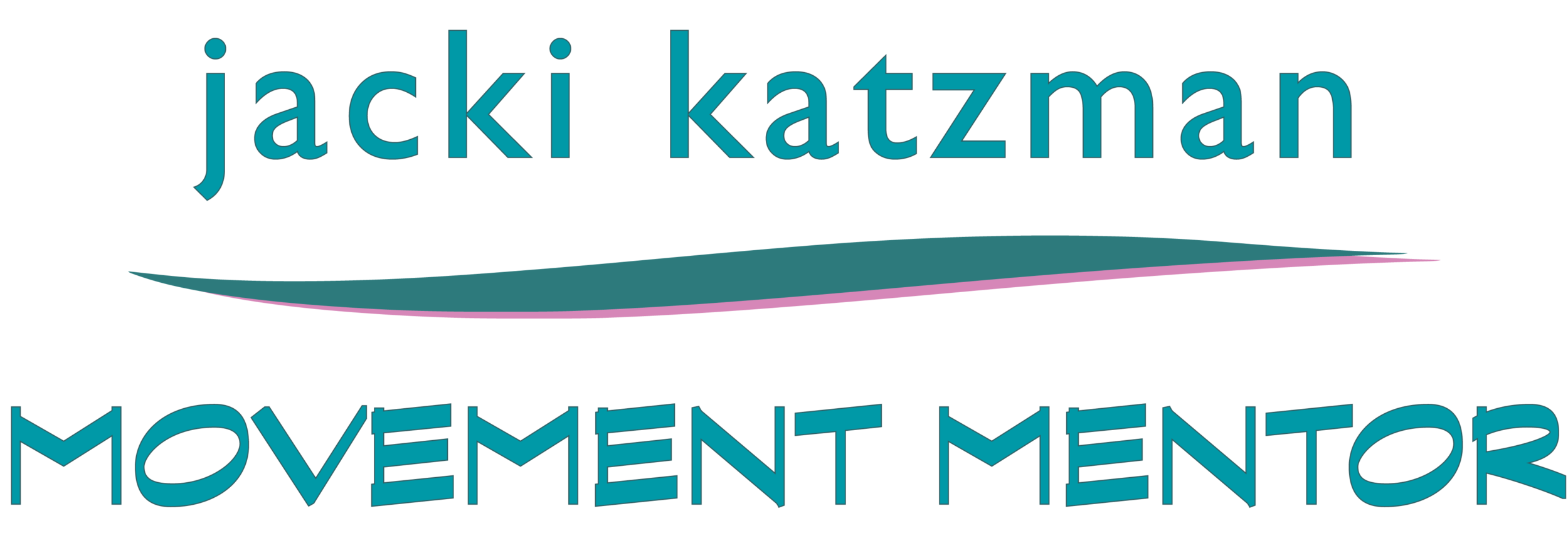Reiki - A Self Practice to Live in Peace With Self and Others
At the Zoom launch for “Reiki - A Self Practice to Live in Peace with Self and Others” my first thought was “Elise looks different.”
I have known Elise Brenner, PhD, as a Reiki mentor, team leader, and friend for over a decade. I hadn’t seen her since before COVID. It might have been the shorter hair, the new glasses, the slightly thinner face, the fact that we’ve all aged at bit. But no, it was more. As she spoke of how writing this book had enriched her Reiki practice, I knew. She had written from her heart; she had fully embodied the calm and resilience of Reiki self-mastery.
“Reiki - A Self Practice” offers no myths, secret symbols, incantations, nor initiations. Instead, Elise and her co-author Nancy Spatz, MD, present a slim guide to Reiki as a practical, functional tool for daily, 21st century living.
Breath, thoughtful pause, traditional meditation techniques, basic hand positions, and Reiki’s philosophical foundations (precepts) are clearly and succinctly presented. The authors answer the question “how does it work?’ scientifically, with layperson-friendly neurophysiology lesson on the calm mind and body.
There are sections on tailoring Reiki for different groups: children, adolescents, the elderly, sleepless, chronically ill, acutely in pain, new to parenting, burned out at work. There’s a full appendix of Reiki research papers, compiled by Dr. Brenner.
“Reiki - A Self Practice” is a primer in Reiki-inspired small acts of kindness. Every section offers examples of how living in Reiki improves personal interactions and self esteem. For example: a tech support hell day becomes manageable with a hara (belly) breathing. A parking lot fender-bended that might have gone better had the victim transformed anger into the presence of mind to record the offender’s plate.
Chapter 11 takes this manual from the personal to the global. “The Social Suffering: Reiki Practice & Social Justice” projects Reiki into the realm of repairing the world for all people.
“Looking inward all by itself cannot be the sole solution to social, economic, and political forces beyond the control of individuals…Larger structural forces, polices and institutions limit and constrain an individual’s capacity to exercise resilience and reach for wellness… There is [though] encouraging news. The Reiki self-practices described in this book support a state of mindful and heartful compassion and courage, propelling us to go out there and take action to overcome social suffering as we transcend the confines of the conditioned self… We move beyond self-growth to collective growth embedded in compassion… When we bring together mindful stillness and compassionate action, we can contribute to dismantling the ways of thinking and organizing society that have resulted in oppression, causing deep suffering and pain.”
It is the beautifully-written guide that we Reiki practitioners have been seeking. Thank you Elise and Nancy, for writing and living this work.
Order “Reiki A Self-Practice to Live in Peace with Self and Others”:
Bookshop.org - independent bookseller
Bulk Bookstore - buy 25 copies or more!
Authors Nancy Spatz, MD, and Elise Brenner, PhD at Halibut Point, MA
“Self Reiki practice calms our nervous system, allowing us to be courageous; to think, speak and act with wisdom and compassion so that we pursue justice for ourselves and all who are structurally disempowered. We can use this resilience as a resource for effectively confronting larger systemic brokenness, and creating conditions for a more peaceful and just world.
The more we practice self Reiki, the more we become self-aware of our mind-body state. The feelings of helplessness from the disappointments, harms and uncertainties of life may be eased as we rediscover an inner foundation of courage and self-awareness on which to relate our experiences.
There is no medication that can anchor us in the hara (center), strengthen our inner resources for resilience, allow our minds to clear, and encourage and inspire our hearts to open.
Each time a person or circumstance in our lives disappoints or frightens us, a know of fear, worry , anxiety or anger is tightened within us. Without the tools and practices to loosen and untangle the knot, it grows tighter and tighter around each painful experience.
When we feel shaken full of anxiety, and the sympathetic nervous system takes over, it is very challenging to settle down and embrace our self-Reiki practice, but that may be when we need it the most. We have experience this ourselves on and off through the years, giving into the temptation to either stoically muscle through adversity or spiral into frantic overwhelm. Let’s see our way clear to pick up our Reiki self-practice when we are shaken up and distraught.”


